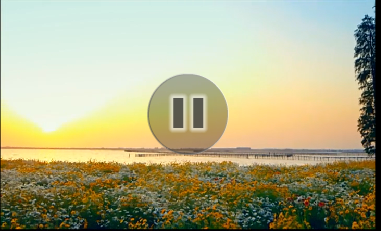Must-see attractions in Jinxi
(chinadaily.com.cn)
Lianchi Temple and old lotus pond
Lianchi means lotus pond.
The old lotus pond is part of the Lianchi Temple. The mirror-like water reflects the yellow walls of the temple and the green leaves of the willow trees outside.
The construction of the temple was ordered by Emperor Xiaozong in the Southern Song Dynasty (1127-1279). It took 40 years to build the halls, galleries, pavilions and terraces. However, the buildings we see today are all restorations after 1996.
Bridge of 10 apertures
A ballad sings that Jinxi has "36 bridges". One of the bridges has 10 apertures and is called Ten Eyed Bridge (十眼桥).
Supported by nine piers, the 52-meter-long bridge was built in the Ming Dynasty (1368-1644).
The bridge is a popular location for admiring the moon during the Mid-Autumn Festival, when the bright moonlight floods the water.
Persimmon Garden (柿园)
As the name implies, there are two persimmon trees inside the Persimmon Garden or Shiyuan Garden. It was the former home of Lu Shulun (1900-1980), a Jinxi native and a poet, painter and calligrapher.
The main hall, Pianshi Shanfang, was first built during the reign of Emperor Tongzhi in the Qing Dynasty (1644-1911), and now houses paintings and calligraphy by Lu Shulun and his second son Lu Jiaheng.
Lu Shulun was also a weiqi master, who once competed with Japanese players as a member of the national team in the 1930s.
Weiqi may be known to westerners as the game of Go. It is a strategic board game that originated in China.
By Liu Sitong and edited by Andrew Ancheta
KUNSHAN IN MY EYE
- A novel venue to celebrate the art of Kunqu
Kunqu artist Zhang Jun racked up a new career achievement during his performance at the Modern Drama Valley festival at the Mercedes-Benz Arena on May 18, performing in a venue that is several times larger than what he is used to.
- US travel companies discover Suzhou
39 American travel professionals were given a two-day tour of the 2,500-year-old city from Sept 13 to 14, including visits to famous sights like Tiger Hill and Shantang Street, as well as chances to experience traditional Chinese art.


